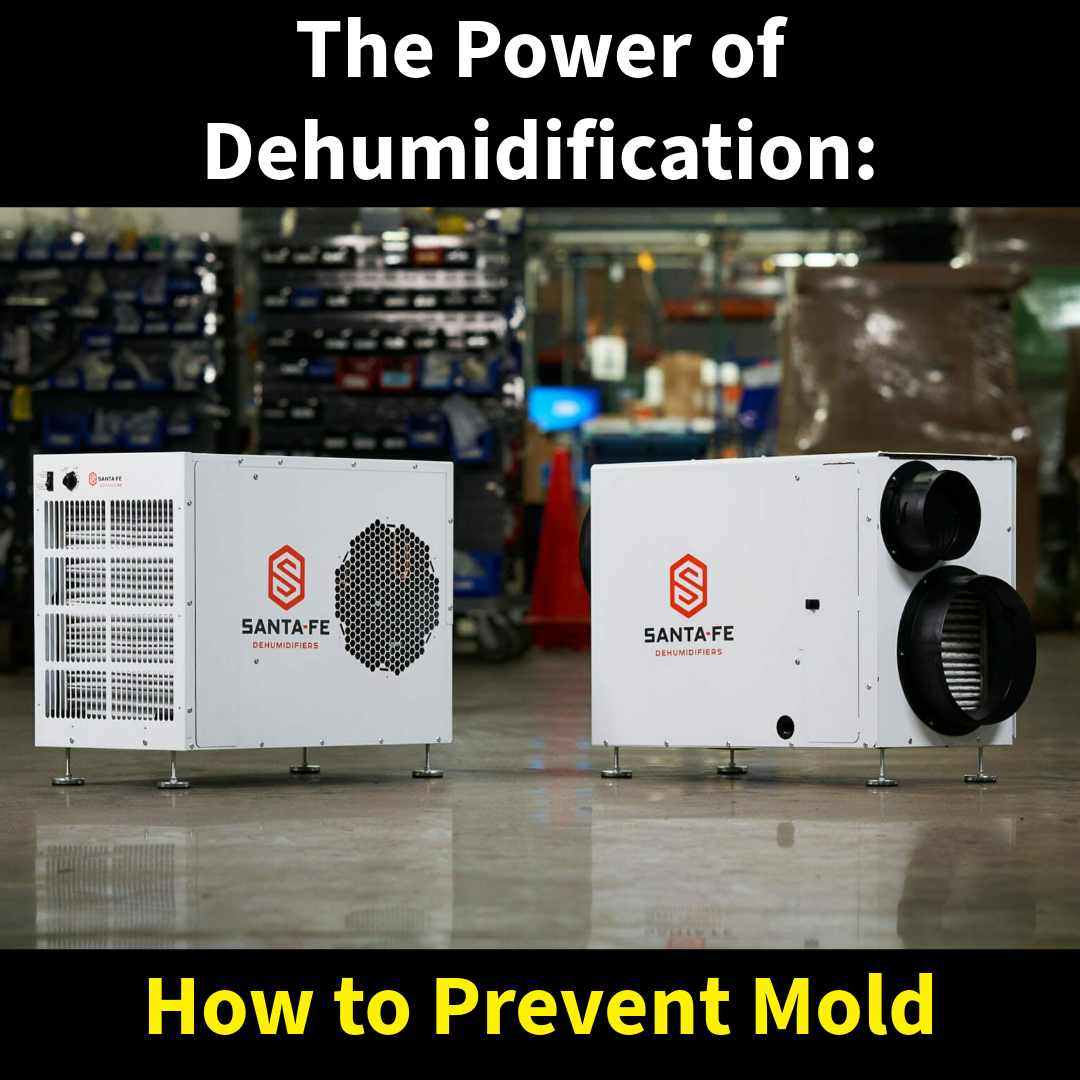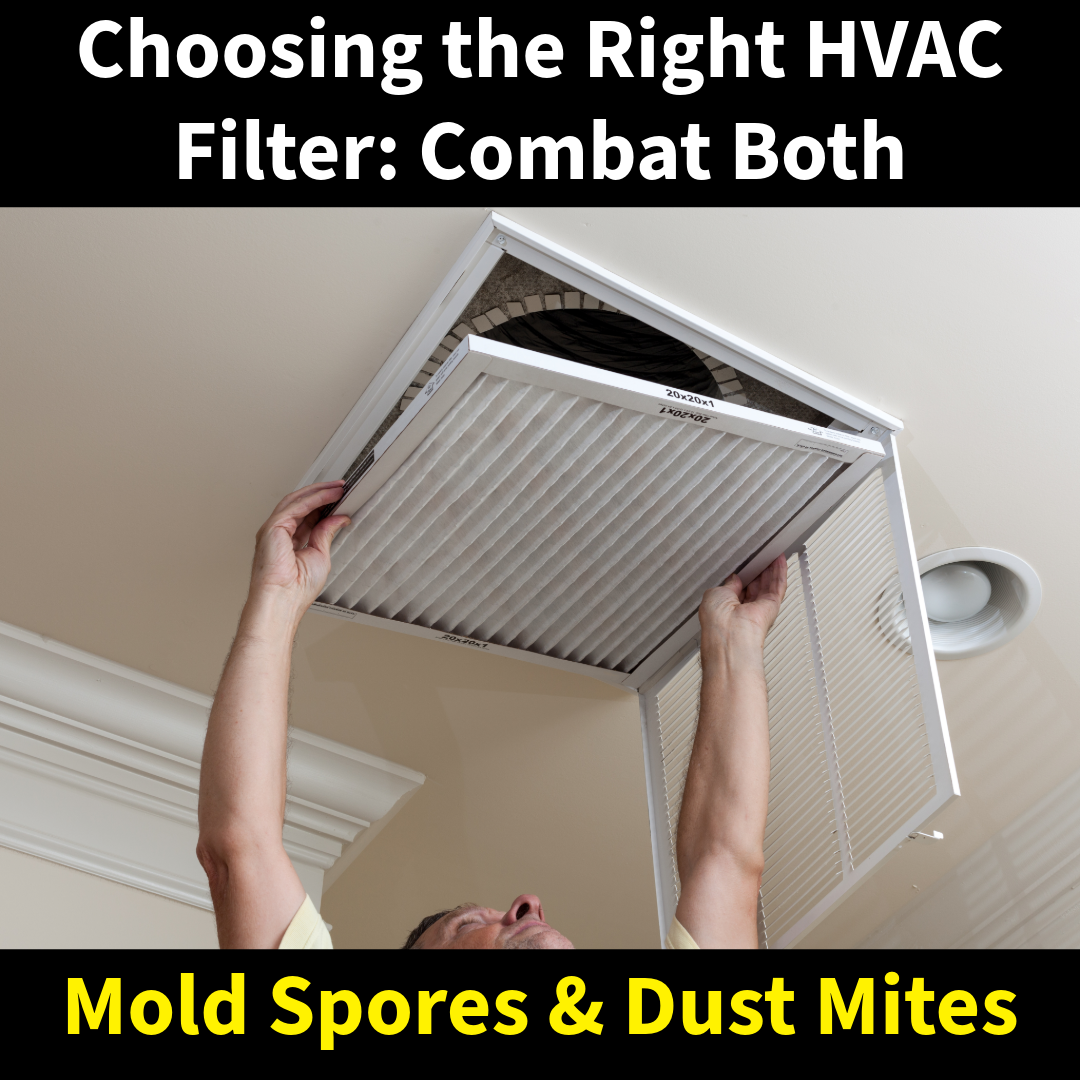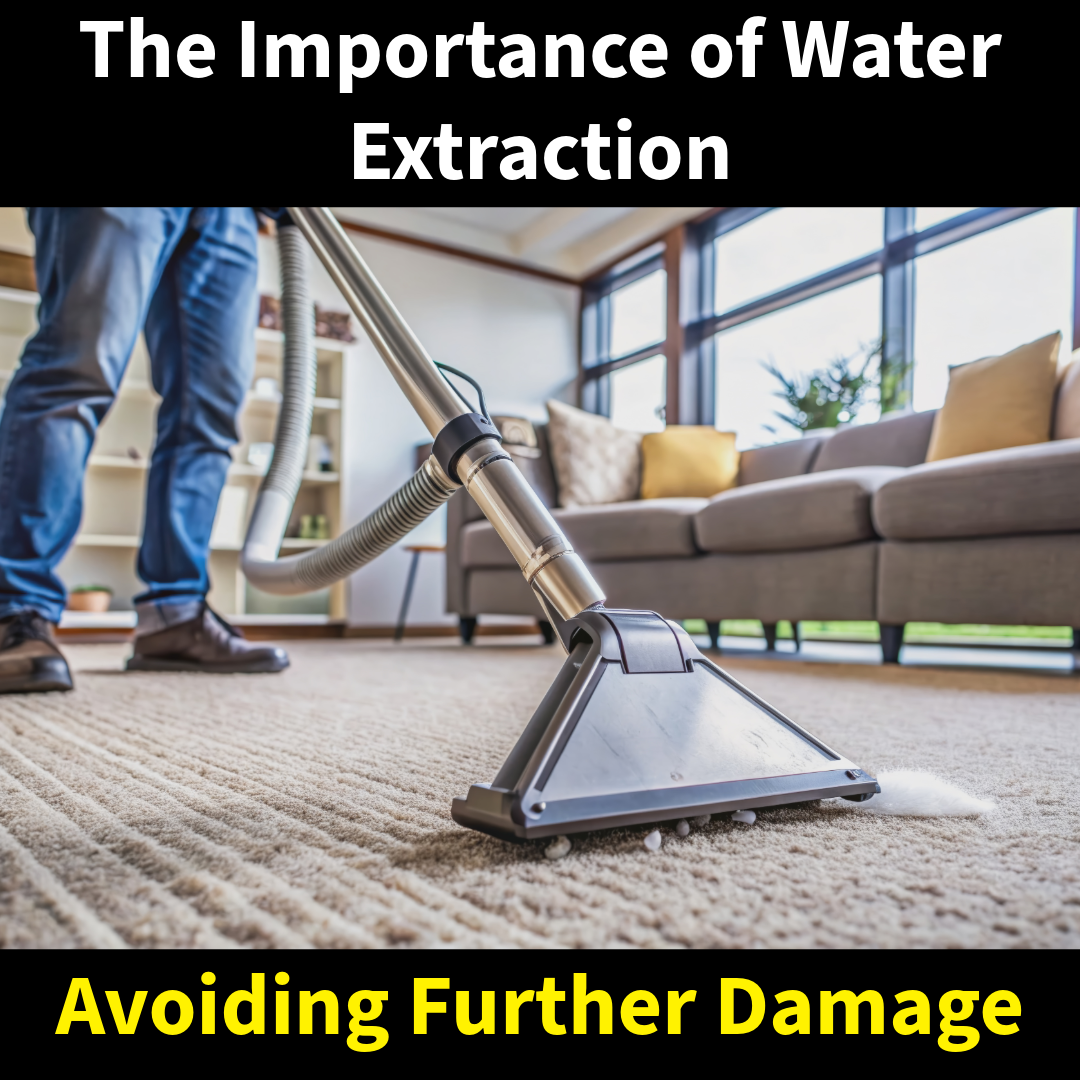Humidity inside your home isn’t just about comfort—it can significantly impact your health and the integrity of your building. Excessive moisture is one of the primary culprits behind mold growth and structural damage. This makes managing indoor humidity a crucial aspect of home maintenance.
What is a Dehumidifier?
A dehumidifier is a device designed to remove excess moisture from the air, helping to maintain an ideal relative humidity level. There are two main types of dehumidifiers: refrigerative, which works by cooling air to remove moisture, and desiccant, which uses a drying agent to absorb water from the air.
Benefits of Dehumidification
The advantages of using a dehumidifier include preventing mold and mildew formation by maintaining lower humidity levels. This not only helps in keeping the air healthier but also protects furniture, electronics, and even the structural integrity of your home. Additionally, reducing indoor moisture can deter dust mites and other allergens, enhance air quality, and increase overall comfort.
Choosing the Right Dehumidifier
Many standard dehumidifiers available at big box stores might not be up to the task for more demanding environments. They often lack the durability and capacity needed for sustained use in highly humid conditions or larger spaces. In contrast, professional-grade dehumidifiers, like the Santa units we offer, are designed to handle significant workloads. These units are not only more powerful but also feature Merv 13 filters, ensuring that the air is effectively cleaned of particulates before being recirculated.
Why Professional-Grade Units Are a Better Choice
Choosing a dehumidifier that meets your specific needs is essential. For those in need of reliable and effective moisture control, professional-grade models are preferable. They are built to last and perform efficiently even under strenuous conditions. Moreover, the Merv 13 filters provide an additional layer of air purification, making these units an excellent investment for health-conscious homeowners.
Maintenance Tips for Dehumidifiers
To ensure your dehumidifier operates effectively, regular maintenance such as cleaning filters and checking for proper airflow is necessary. This helps extend the life of the unit and maintain its efficiency. Maintaining proper indoor humidity is crucial for your health and the preservation of your home. Professional-grade dehumidifiers, like our Santa models equipped with Merv 13 filters, offer dependable performance and superior air purification. For more information on our products or to schedule a free consultation, visit our website or call our office. Investing in a high-quality dehumidifier is a proactive step towards a healthier, more comfortable home environment.


